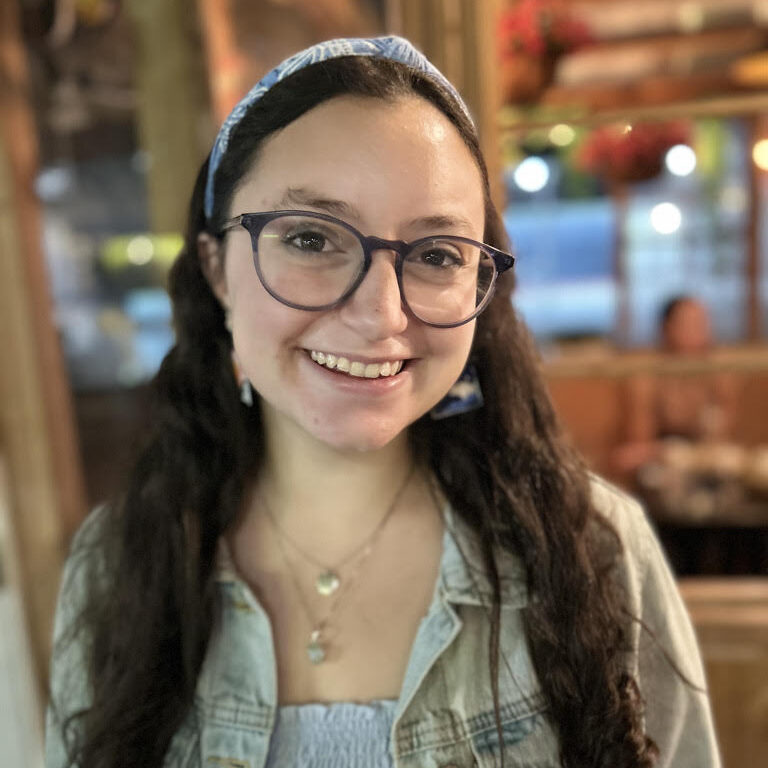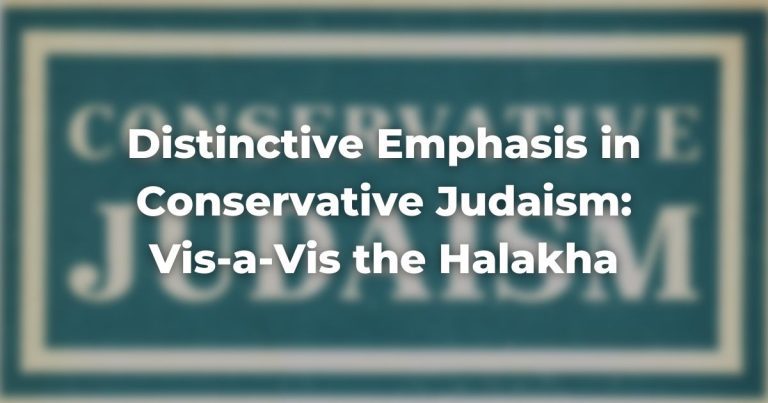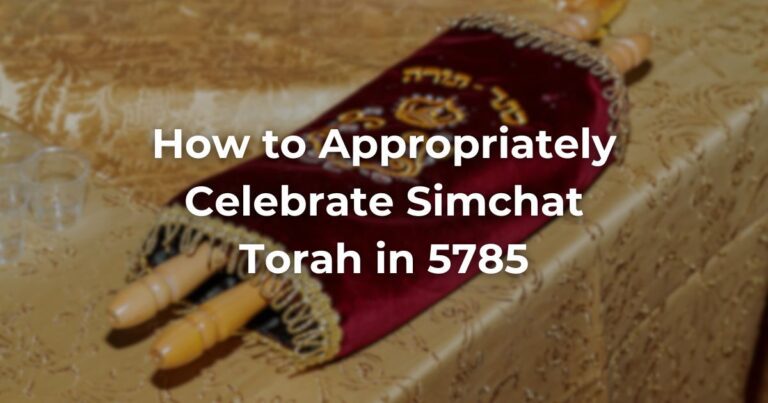This is a summary of the CJLS Teshuvah “Women and Headcovering” by Rabbi Jane Kanarek.
Should women and girls wear a headcovering during prayer? And if so, where and when?
Seeking to answer this question, Rabbi Jane Kanarek explains the position of the Committee on Jewish Law and Standards‘ teshuvah. She wrote,
“male headcovering is understood as a visible symbol of piety and as a sign of Jewish identification. Originating as custom, male headcovering has become normative practice in synagogues and minyanim in much of the Jewish world.”
Rabbi Kanarek concludes her introduction by writing,
“the commitment to egalitarian practice that … [every position reflects], this teshuvah will lay out a halakhic path for women and girls who are deciding whether or not to cover their heads in synagogue and for communities considering communal policy on headcovering.”
Headcovering As Women’s Clothing
Rabbi Kanarek derives from two TalmudReferring to one of two collections, the Jerusalem and Babylonian Talmuds, edited in the 6th century, that contains hundreds of years of commentary, discussion, and exploration of the ideas in the Mishnah. One could describe it as Mishnah + Gemara = Talmud Read more sources—Nedarim 30b and M. Ketubot 5:8—that “persistent headcovering is a women’s practice” and was not common for men. Neither afford any ritual significance to the headcoverings of women.
These coverings came in a wide range of objects, including wigs, baskets, ribbons, headbands, and something called a kippah (B. Bava Kamma 119a).
Women, Headcovering, and Purity
According to Rabbi Kanarek, head coverings, concerning women, are linked to “enabling male ritual performance and ethical behavior.”
One story depicts a mother selling the kippah off her head to bring wine for the sanctification of the day (Megillah 27b). Another story depicts a mother ordering her son to cover his head to prevent him from becoming a thief (Shabbat 156b).
Head coverings protected from sinful behavior and encouraged ethical practices. For Rav Huna Ben Rav Yehoshua, he “would not walk four cubits with an uncovered head. He said, ‘The shekhinahLiterally translated as “Presence,” while rabbinically, it is a term referring to God’s presence in the world. Its feminine form gave rise to the mystical expression of God’s feminine attributes. Read more is above my head.'” (B. Kiddushin 31a)
Rabbi Kanarek also wrote that, “Women’s headcovering is modeled on Eve. Eve sinned, as ashamed, and thus covered her head; contemporary women similarly are understood to cover their heads out of shame.”
Headcovering and Prayer
Just as Talmudic material depicts women in head coverings, one may extend this to contemporary women’s practice, using the meaning and requirements imbued on male head covering by later literature.
However, this would require a noticeable shift in women’s contemporary dress—persistent head covering is not the common norm. Additionally, later halakhic literature presumes a specifically male audience. Rabbi Kanarek points out that gender cannot be ignored here.
The meaning of male headcovering is expressed by three axes: Honor of the congregation, expressions of piety, and expressions of Jewish distinctiveness.
There are various conversations regarding communal prayer and expected head covering practices. Many say that someone may not read from the TorahRefers to the first five books of the Hebrew Bible, the Tanakh, also called the Five Books of Moses, Pentateuch or the Hebrew equivalent, Humash. This is also called the Written Torah. The term may also refer to teachings that expound on Jewish tradition. Read more, act as a prayer leader, or recite the priestly blessing with an uncovered head (Soferim 4:15). Rabbi David Frankel mandates that one may not stand formally in front of the whole congregation with an uncovered head.
Standing before the whole congregation with a covered head is to demonstrate kavod ha-tzibur, a concern for the congregation’s honor.
Rambam discusses headcoverings in the context of an individual recitation of the Amidah: One should not stand in prayer with a bare head—this only being in the context of the Amidah (Mishneh Torah, Laws of Prayer 5:5). Rabbi Joseph Karo reminds that it is “forbidden to utter God’s name with an uncovered head. And there are those that say one should be prevented from entering a synagogue with an uncovered head (Shulhan Arukh, Orah Hayyim 91:3).”
Finally in non-prayer instances, wearing a headcovering can mark Jewish identity (Taz to Shulhan Arukh Orah Hayyim 8:3).
None of these sources explicitly mention women, assuming a discussion only regarding men. However, there are other sources that do explicitly mention women and head coverings:
Rabbi Ovadia Yosef (Yabia Omer Orah Hayyim 6:15), a Sefardi scholar, “rules that girls and unmarried women should cover their heads when reciting the Amidah.” But he “acknowledges that if it is too difficult for girls to cover their heads, there is precedent for not doing so, both textual and customary.”
Rabbi Moses Isserles “extends Soferim’s requirement of headcovering when reading from the Torah to women.” He also extends the possibility for women to read from the Torah. Because women would be reading from the Torah to the congregation, they should cover their heads. It is forbidden to read from the Torah with an uncovered head (Shulhan Arukh Orah Hayyim 282:3).
Rabbi Jane Kanarek’s Ruling
Because women and girl’s customary practice is increasingly moving in the direction of headcovering in synagogue and because the textual tradition leans toward requiring women’s headcovering, we advocate the following practices:
- Women and girls should cover their heads when reading from the Torah and when receiving an aliyah.
- In deference to kavod ha-tzibbur, women and girls should cover their heads when acting as prayer leader.
- When praying shaharit, minhah, or ma’ariv as an individual, women and girls should cover their heads at least when reciting the Amidah and ideally during the entire prayer service.
- Headcovering at other times is a matter of personal piety, and a woman or girl may cover her hair with a garment of her choice; that garment need not publicly identify her as a Jew.
Read the entire teshuvah, by Rabbi Jane Kanarek, here.
Author
-

Reena Bromberg Gaber is a student in the Joint Program with Columbia University and the Jewish Theological Seminary. At school, she is involved with Columbia/Barnard Hillel, Gamma Phi Beta, the Columbia Daily Spectator, and Artists Reaching Out. Growing up, Reena was involved with the Conservative movement, including many summers as a camper and staff member at Camp Ramah in the Poconos and in local, regional, and international leadership positions in USY. As Reena moves through college and into adulthood, she is excited to find a space for herself and her peers in the Conservative movement.
View all posts






